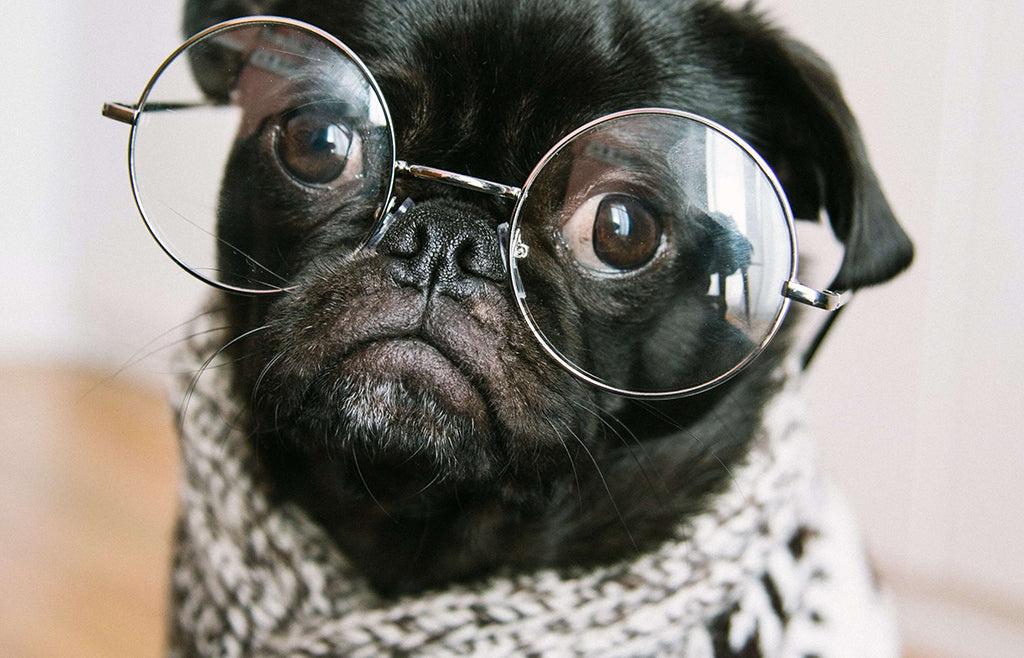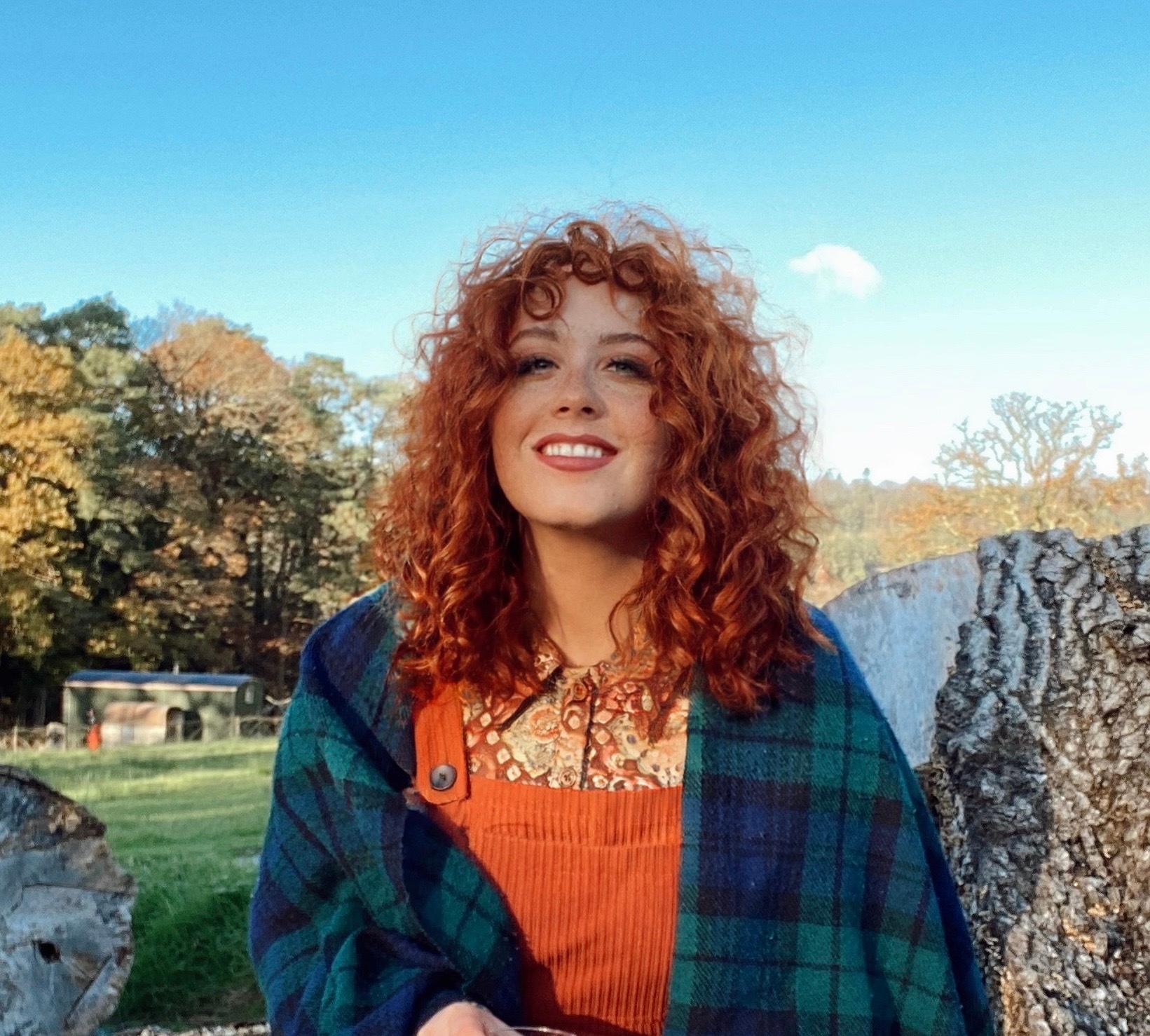Explore and explain 9 common strange dog behaviors. From scooting to howling, we’ll discuss why your pup might behave this way and what they’re trying to tell you. Read on to discover some of the reasons behind your dog’s strange ‘habits’ and more!
Weird Dog Behaviors: 9 Common Habits Explained

What Do These Strange Dog Behaviors Mean?
As a puppy parent, you know how unique your pup can be – with their specific needs, individual personalities, and certain things they do that you accept as ‘them being them’. Amongst the different aspects of their day-to-day habits and routines, there are some dog behaviors that may leave you asking, “why is my dog doing that”?
Well, there is always (normally) an explanation for these weird behaviors and some of them make a lot more sense than we first realize…
So, take a look at some of the most common strange dog behaviors below and get to know what your dog is thinking, doing, or telling you when they act a little odd!
1. Kicking Their Feet After Peeing/Pooping
Whether it’s on one of your daily walkies or when your pup is trotting around in the backyard, you’ve no doubt seen your pup kick their paws out behind them after they’ve peed or pooped…
Now, you’re not alone if you believed your pooch was doing this to cover up their mess – but, unfortunately, if you thought this, you’d be wrong!
When your dog kicks and scratches the ground after they have released their bowels or bladder, they’re actually releasing a pheromone located in the scent glands found on their paws. Similar to marking with their urine, kicking the ground and leaving their pheromone in the grass is just another way your pup is marking their territory – telling others nearby or passing dogs that they’re the alpha.
So, when you think your dog is sniffing another dog’s poop, they’re actually sniffing the pheromones in the dirt. This slightly dirty way of communication can also inform other dogs of danger or if they’re ready to mate.
2. Dragging Their Butt On The Floor
Also known as scooting, our pups sometimes drag their butts on the floor – gross!
Now, although it’s a strange and humorous dog behavior to witness, it could be a sign that something is irritating your dog’s butt.
This type of irritation can originate from a problem with their anal glands and sacks. Anal glands are internal organs, situated on either side of the anus, containing a foul fishy-smelling liquid that can cause discomfort to your pup who can then scoot across the floor to try and soothe the itch…
A healthy anal gland also has a pungent smell, but if there is a problem with the anal gland, you (and your vet when you seek medical attention) will normally be able to notice this smell even when you’re a few steps away – not great!
Along with scooting, you may also notice your pup try to lick the area to relieve the discomfort. So, if your pup is dragging their butt across the floor frequently, take them to the vet to have a once over.
3. Humping

Finding your pup humping another dog, a stuffed toy, or even a person’s leg can be rather embarrassing. Now although it is thought of as a sexual behavior, dogs often hump to either mark their territory, express excitement, or even as a result of stress and anxiety.
Particularly when it comes to dominance and marking their territory, your pup may just want to show everyone who the boss is. So when your pup is humping their teddy or your visitor’s leg, they could actually be saying, “I’m in charge”.
4. Poop Facing The Same Direction
Have you ever noticed your pup poops in a certain direction? Well, there is more to this commonly strange behavior than meets the eye…
It is believed that our four-legged friends tune into the magnetic fields of the earth, facing the north or south pole when releasing their bowels! A two-year study, led by zoologist Hynek Burda of Germany’s University of Duisburg-Essen, found that after testing 70 dogs from different breeds, dogs tend to favor the north or south axis when they do their business.
This secret sixth sense enables our pups to feel the magnetic field of the Earth – proving they can tune into something we humans can only see with a compass. So, next time you take your pooch for a walk, take a compass with you and see if your pup favors north or south!
5. Eating Grass
It is commonly believed that eating grass means your dog is unwell or feeling sick; trying to relieve any pain or discomfort – but that may not be the case. Less than 25% of dogs will actually vomit after they have eaten grass. So, if they’re not eating grass to be sick or to soothe an upset stomach, then why are they doing so?
Well, the answer is simple! Dogs, just like us humans, need a varied diet – which includes roughage – and grass just so happens to be a great source of fiber, supporting your dog’s digestive system.
If your pup has a fiber deficiency, it can affect their ability to pass stools comfortably and digest food correctly. So, your pup may actually be snacking on some blades of grass to fulfill a need for fiber to help their bodies run more smoothly.
6. Digging
There are lots of reasons why dogs dig in the ground; from burying toys and cooling themselves off to nesting or just because they’re bored, our dogs love to have a good dig in some dirt.
Digging is also a natural way for your pup to trim their nails. When dogs were less domesticated and wild, they didn’t have someone to cut their claws for them – so digging was the perfect excuse to trim those growing talons!
7. Rolling In Grass

Watching your dog roll around in the grass can be very funny… Their legs flap around in the air and their lips fall down towards their eyes, showing your pup’s shiny teeth while they wriggle around like a giant worm. But, why do dogs roll in the grass?
Well, sometimes after you’ve given your pup a bath to rid the smelly dog stink, your pup might not be as much of a fan of their new scent as you – so, they will take matters into their own paws and try to rub the smell off. This process will also, very similar to kicking their paws, leave their scent in the grass for other dogs to have a smell.
Other times, your dog is just rolling around in the grass because it feels nice!
8. Howling
Have you ever noticed that some dogs start howling when they hear sirens or music? This strange dog behavior is actually programmed into their DNA and it is actually your dog trying to communicate with the sound.
In the wild, dogs and wolves will howl when they’re separated from their pack or when they need to attract attention – so when your pup hears the high pitch noise in sirens or music, they respond, telling the ‘howling dog’ where they are!
9. Turning Before They Lie Down

Did you know that some wildlife biologists believe that our pups’ wolf family members turn before they sleep to make sure they face the wind so that they can pick up any dangerous scent? Amazing right?! This natural behavior might be one of the answers to why dogs turn before they lay down.
Another reason your pooch circles before they sleep is to simply make sure they’re comfortable and cool. Just like how we humans often flip our pillows over to the ‘cooler side’, your pup will walk in a circle, pressing down on their beds to make it feel perfect for sleep.
Sources
Author Klein, Jerry CVO “Anal Glands In Dogs: Everything You Need To Know” American Kennel Club, Aug 31. 2021 https://www.akc.org/expert-advice/health/dogs-anal-glands/
Authors Weir, Malcolm DVM, MSc, MPH and Buzhardt, Lynn DVM “Why Do Dogs Eat Grass?” VCA Hospitals https://vcahospitals.com/know-your-pet/why-do-dogs-eat-grass
Authors Hart, Vlastimil and Nováková, Petra and Malkemper, Erich Pascal and Begall, Sabine and Hanzal, Vladimír and Ježek, Miloš and Kušta, Tomáš and Němcová, Veronika and Adámková, Jane and Benediktová, Kateřina and Červený, Jaroslav and Burda, Hynek “Dogs are sensitive to small variations of the Earth’s magnetic field” Frontiers In Zoology, Dec 27. 2013 https://frontiersinzoology.biomedcentral.com/articles/10.1186/1742-9994-10-80
 B
B



